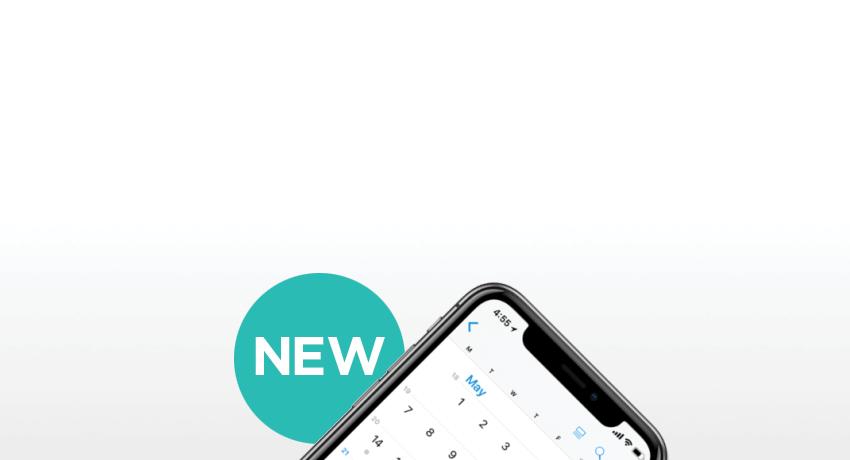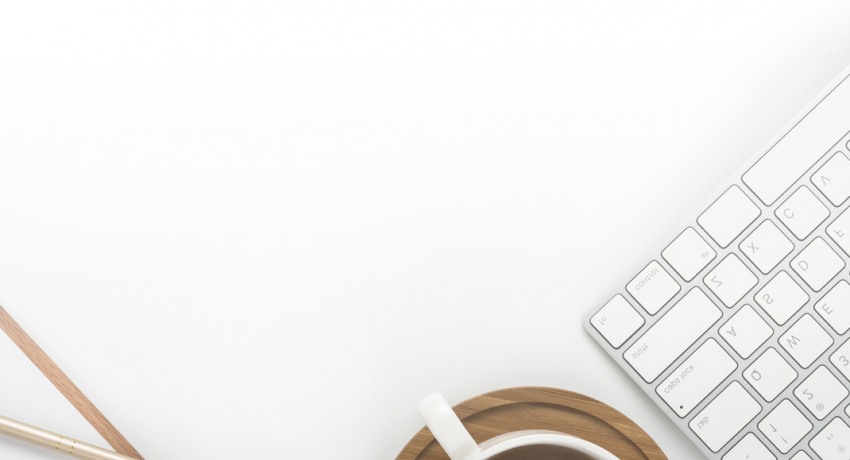A procedure where donor stool is transplanted to rebalance the bacteria in the digestive tract to help resolve symptoms.
What is IMT?
All people need helpful bacteria in their digestive system for it to work well. Sometimes there is an imbalance of helpful and harmful bacteria. For those with severe or chronic C. difficile colitis, intestinal microbiota transplantation (IMT) from donor material is used to rebalance the bacteria in the digestive tract to help resolve symptoms. Intestinal microbiota transplant donors are screened and undergo testing for many common communicable diseases to ensure that the procedure is done as safely as possible. IMT can be completed during a colonoscopy or by ingesting oral capsules.
Preparation for colonoscopy with IMT
To produce the best results, you will drink a bowel cleansing preparation to help clean out your colon. Even if your stools are clear, it is important to take all of the colon prep as directed because your body is always making fluid.
To ensure the success of your intestinal microbiota transplant procedure, you must have your bathroom(s) cleaned. Coming home to an unclean bathroom after your IMT might give C. difficile a chance to infect your gut again. Please see below for specific bathroom cleaning instructions.
What happens during a colonoscopy?
Plan to spend up to 2 hours at the endoscopy suite on the day of your colonoscopy. The procedure itself takes about 20-30 minutes to complete.
Before the procedure:
Your medical history will be reviewed with you by your health care team including a nurse and your gastroenterology physician. An IV line will be placed.
During the procedure:
During this procedure, a colonoscope will be inserted into the anus and advanced slowly through the colon. The doctor will inject intestinal transplant material into your colon or terminal ileum through the colonoscope. Your healthcare team will administer medications and monitor vital signs. While most patients sleep through the procedure, some remain awake and aware. If abnormal tissue or polyps are found, you may be asked to return for another procedure to remove them.
What happens after the procedure?
The physician will talk with you about the initial results of your procedure and will prepare a full report for the healthcare provider who referred you for the colonoscopy. You may have some cramping or bloating after the procedure which is normal and should disappear quickly by passing gas.
You may resume most of your regular activities the day after the procedure. However, medication given during the procedure will prohibit you from driving for the rest of the day. You are also advised to avoid air travel for 24 hours following your procedure. You may resume your normal diet, but alcohol should be avoided until the next day after your procedure.
Are there possible complications with colonoscopy?
Although serious complications are rare, any medical procedure has the potential for risks. Risks from the colonoscopy include perforation, or a tear through the lining of the colon, bleeding, reaction to medications, or heart and lung problems.
In addition, there is also a risk from the intestinal microbiota transplant for transmission of infectious organisms (bacterial, viral, fungal, parasitic) contained in the stool; missed polyp, cancer or other lesions; allergic reaction to antigens in donor stool; increased colitis activity in patients with underlying inflammatory bowel disease; and a theoretical risk of developing disease which may be related to donor gut bacteria (obesity/metabolic syndrome, autoimmune conditions, allergic/atopic disorders, neurologic disorders, malignancy).
Preparation for Oral IMT
The capsules will be administered by the University of Minnesota Microbiota Therapeutics Program. They will give you specific instructions on how to prepare. In general, you will discontinue antibiotics 2-3 days before your IMT. On the day of your procedure, you will be on a clear liquid diet but should stop having clear liquids 6 hours before your procedure.
To ensure the success of your intestinal microbiota transplant procedure, you must have your bathroom(s) cleaned. Coming home to an unclean bathroom after your IMT might give C. difficile a chance to infect your gut again. Please see below for specific bathroom cleaning instructions.
What happens during oral IMT?
The oral capsules are taken during a clinic visit. The oral capsules are taken on an empty stomach, one dose is usually 3-5 large capsules (about the size of a large vitamin). If you have a history of problems with swallowing, you will not be able to have an oral IMT. Your medical history will be reviewed by your healthcare team prior to administration. There is no monitoring required after the oral IMT.
What happens after oral IMT?
After the capsules are ingested, there is no monitoring required. Your healthcare team will review discharge instructions with you and then you may leave. You should not have anything to eat or drink for 2 hours after the IMT. After 2 hours you may begin a clear liquid diet. After 4 hours you may resume your normal diet. You should remain upright for 2 hours. You may feel nausea, bloating, and mild cramping. Most patients begin to feel better within 4 days. If you do not feel any better with 4 days, please call your doctor and let them know.
If you do not have signs of C. difficile for 8 weeks, you will be considered cured. MNGI will call to check on you in 8 weeks. It is important to return any calls from your doctor.
Make sure your PCP knows you have undergone IMT to treat C. difficile so that he or she may factor this into decisions about your care.
Taking antibiotics after IMT increases the risk of C. difficile reinfection. Should you fall ill with an infection that requires antibiotics, talk to your provider about options for lower-risk medications. Notify your MNGI provider if you require antibiotics for any condition following IMT.
Washing your hands with soap and water often helps keep you and those around you healthy. Hand sanitizer is okay but should only be used if soap and water are not available.
Are there possible complications with IMT?
There is a risk from the intestinal microbiota transplant for transmission of infectious organisms (bacterial, viral, fungal, parasitic) contained in the stool, allergic reaction to antigens in donor stool, increased colitis activity in patients with underlying inflammatory bowel disease, and a theoretical risk of developing disease which may be related to donor gut bacteria (obesity/metabolic syndrome, autoimmune conditions, allergic/atopic disorders, neurologic disorders, malignancy, etc.).
There is a risk for infection with an antibiotic-resistant organism or multi-drug resistant organism (MDRO). Infection with a MDRO from IMT is rare but dangerous. Donor material is tested for these organisms.
What are the alternatives to IMT?
Other treatment options to IMT include:
- taking antibiotics
- having surgery
- no treatment
More Information
The use of intestinal microbiota transplantation products to treat C. difficile infection is investigational. IMT donors are screened and tested for many common infections and diseases. It is not possible to test donors for all possible infections. Some infections may not be able to be detected.
Patients with severe C. difficile have a high risk of dying from this condition even with treatment. IMT may not help. Your condition could worsen, improve, or stay the same with IMT.
Bathroom Cleaning Instructions
To ensure the success of your intestinal microbiota transplant (IMT) procedure, you must have your bathroom(s) cleaned. Coming home to an unclean bathroom after your IMT might give C. difficile a chance to infect your gut again.
Ask a family member or friend or hire a cleaning service to clean your bathroom while you are having your IMT. If you must do the cleaning yourself, do so just before you leave for your procedure. After the bathroom is clean, you should not use it again until after your IMT.
To thoroughly clean your bathroom, you will need the following items:
Bleach*
Water
Bucket
Measuring cup
Clean rags
Clean sponge
Trash bag
Rubber gloves
*It is very important that you use bleach (like Clorox) and not a different cleaning agent.
For your protection, wear rubber gloves throughout this process.
- Prepare the cleaning solution. Mix 1 cup of bleach with 9 cups of water in your bucket.
- Wipe away any stool you can see with the clean rag. Throw the rag away when done.
- Wet the sponge in your cleaning solution, and scrub everything – hard!
- Continue to wet the sponge as necessary while cleaning
C. difficile bacteria can hide on many surfaces in your bathroom, not just the toilet. Make sure your scrubbing includes high-touch areas such as the toilet, sink, shower, tub, faucet and door handles.
Allow for the cleaned bathroom to dry for 10 minutes before entering again.
Once you are done cleaning all the bathrooms in your home, you should dispose of the gloves, sponges, and rags in a garbage bag. Be sure to place this bag in your outside trashcan.
Finally, wash your hands and arms up to your elbows with soap and water in a different sink.


